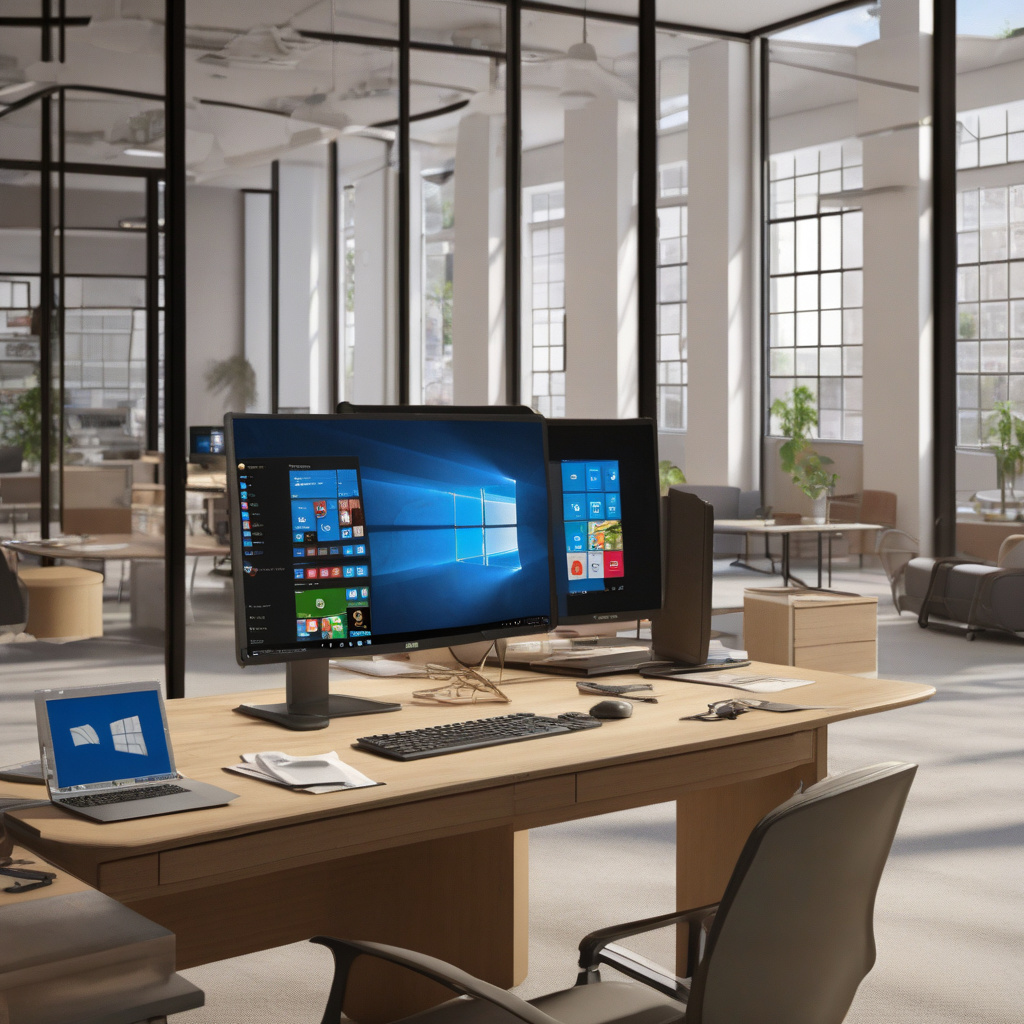Title: The Impending Windows 10 End-of-Life Challenge for SMBs
As Microsoft prepares to end support for Windows 10, many small and medium-sized businesses (SMBs) face a critical decision point. The imminent end-of-life for Windows 10 means that organizations will need to transition to Windows 11 to ensure continued security and support. However, this transition is not without its challenges, particularly when it comes to potential vulnerabilities introduced by misconfigured hardware.
For SMBs, the prospect of upgrading their entire infrastructure to Windows 11 can be daunting. While the new operating system offers enhanced security features and improved performance, the process of migration is complex and requires careful planning. One of the key risks associated with upgrading to Windows 11 is the potential for misconfigured hardware, which can introduce vulnerabilities into the organization’s IT environment.
Misconfigured hardware can create security gaps that cybercriminals can exploit to gain unauthorized access to sensitive data or disrupt business operations. For SMBs with limited IT resources, ensuring that all hardware devices are properly configured to work with Windows 11 can be a significant challenge. From outdated drivers to incompatible components, there are various factors that can lead to misconfigurations and pose a risk to the organization.
To mitigate the risks associated with misconfigured hardware during the transition to Windows 11, SMBs must take a proactive approach to IT management. This includes conducting thorough compatibility assessments, updating drivers and firmware, and implementing robust security measures to protect against potential threats. Additionally, investing in employee training and awareness programs can help ensure that staff members are equipped to identify and address any hardware configuration issues that may arise.
Furthermore, SMBs can benefit from leveraging the expertise of IT service providers or consultants to streamline the migration process and minimize the impact of potential vulnerabilities. These professionals can help identify and resolve hardware configuration issues, implement security best practices, and provide ongoing support to ensure a smooth transition to Windows 11.
In conclusion, the end-of-life for Windows 10 presents a significant challenge for SMBs, particularly when it comes to the potential risks associated with misconfigured hardware during the migration to Windows 11. By taking a proactive approach to IT management, investing in employee training, and leveraging external expertise, organizations can navigate this transition successfully and safeguard their IT environment against emerging threats. As the deadline for Windows 10 support approaches, now is the time for SMBs to prioritize cybersecurity and ensure a secure and resilient infrastructure for the future.

